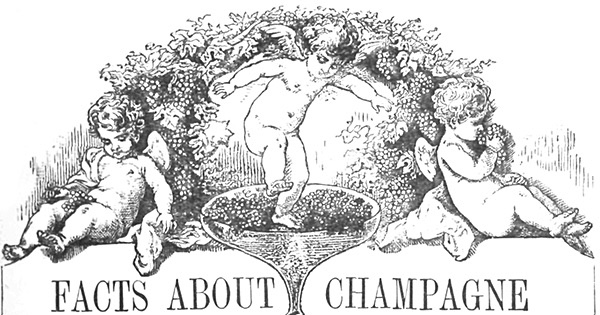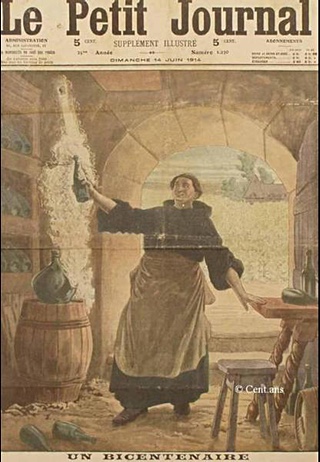Happy New Year, if it’s not too late for that sort of thing. I was away for about 3 weeks and it is 4 weeks since the last newsletter, so prepare for a bumper edition.
I know I complain too often that way too many of the things I find originate in the USA, so let’s start with some things from all over:
- From Deptford, in London, the closure of a pie and mash shop signifies far more than the closure of a pie and mash shop.
- From northern Tanzania, where some hunter‐gatherers do not eat a palaeo diet. Maybe they didn’t get the memo.
- From Ireland: The rise and fall of bread baking as a craft industry.
- From Belgium, a banana fave-off: Gros Michel vs Cavendish I should note that I was quite impressed by Gros Michel, but didn’t have a Cavendish on hand and wasn’t blind.
- And the ultimate story from somewhere else: Gluten Free Antarctica.
- The New York Times asked What Foods Are Banned in Europe but Not Banned in the U.S.? Is anything permitted in the EU but banned in the US?
- Like, maybe, microbial transglutaminase, a possible cause of coeliac disease.
- A Delectable Collection of Illustrated Gastronomy Books now at the Getty Research Institute.
- From empire-building plant products to forgotten flavourless relics: how spices fell out of f(l)avour.
- Food-based ethnic slurs, a New Year’s Guide. Use with discretion.
- After the episode on prison food, I wrote about last meals. Now Julie Green, one of the artists who worked with last meals, is interpreting prisoners’ first meals after exoneration.
- Innovation in meat space, which reminded me of a long-ago episode of the Planet Money podcast, Can You Patent a Steak?. (Yes, you can, an exception to the usual rule about simple questions in headlines.)
- Weight Loss Is a Rock Fight, in The Atlantic, is a pretty heart-breaking account.
- And here’s a final tip for readers in Europe, and eslewhere, who are fed up with US websites hiding behind a bunch of less-than-savoury cookies. You can always go to The Internet Archive and search there for a specific link. Like this one to that weight-loss article
And then, moving on









 Graham Harding studied history at university and then built the biggest independent branding and marketing consultancy in the UK. Having cashed out, he went back to school, to research a doctoral thesis on the rise of champagne in Victorian England. Very appropriately, because that rise seems to have been driven almost exclusively by branding and marketing. What was originally a fault – re-fermentation that exploded barrels and was a liability in the cellar – became a feature that encapsulated gaiety and joi de vivre. And that got you drunker, quicker. From the all-seeing Dom Pérignon to the young bucks of London’s high society, champagne’s true history is absolutely intoxicating.
Graham Harding studied history at university and then built the biggest independent branding and marketing consultancy in the UK. Having cashed out, he went back to school, to research a doctoral thesis on the rise of champagne in Victorian England. Very appropriately, because that rise seems to have been driven almost exclusively by branding and marketing. What was originally a fault – re-fermentation that exploded barrels and was a liability in the cellar – became a feature that encapsulated gaiety and joi de vivre. And that got you drunker, quicker. From the all-seeing Dom Pérignon to the young bucks of London’s high society, champagne’s true history is absolutely intoxicating.